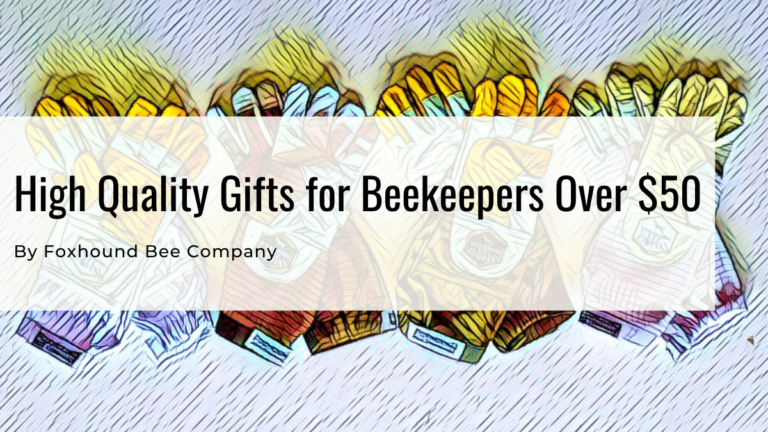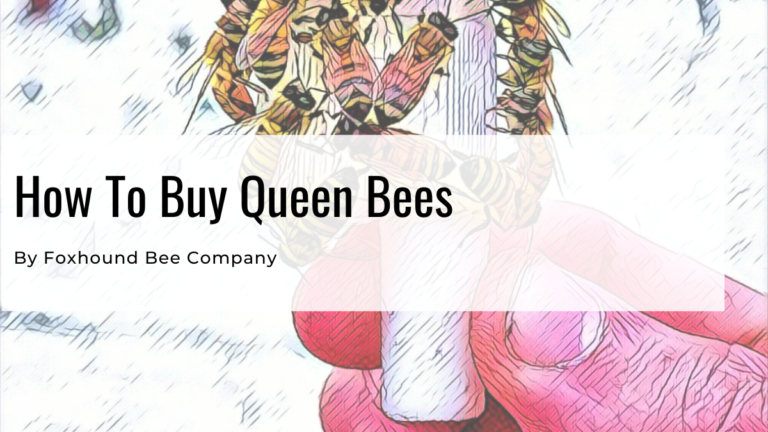Buying queen honey bees is necessary for most beekeepers from time to time, and there can be multiple ways to do this and reasons for it. Some beekeepers buy mated queen bees yearly, and some only buy them in an emergency.
Regardless of why you may be buying your queens, it is good to understand the different ways you can buy queen bees to find what works best for your situation.
Table of Contents
Why You May Want A Queen?
A queen bee is crucial for the hive to survive; without a mated queen, the worker bees will die, and the colony will collapse. The bees can’t make a new queen if they don’t have the resources.
And a regular work bee will not become a queen bee. There is only a small window where the colony can produce a queen; this window is only about a week.
If the week passes and they aren’t successful, the beekeeper will need to intervene. Read more on our blog about what to do if queen bee dies.

Increase Colonies
The most common reason a beekeeper will buy a queen is to increase their colony count and expand their apiary. Introducing a queen is a great way to give a new colony of queenless bees a quick start so they can start producing.
It is common for a beekeeper to make a queenless colony from an existing colony and then introduce a queen into the queenless colony. This technique is called making splits and is a good skill for any beekeeper. This is a great book on splitting beehives.
A beekeeper buying queens for this purpose often intends to reduce swarming in their colonies and/or wants to sell nucleus hives.
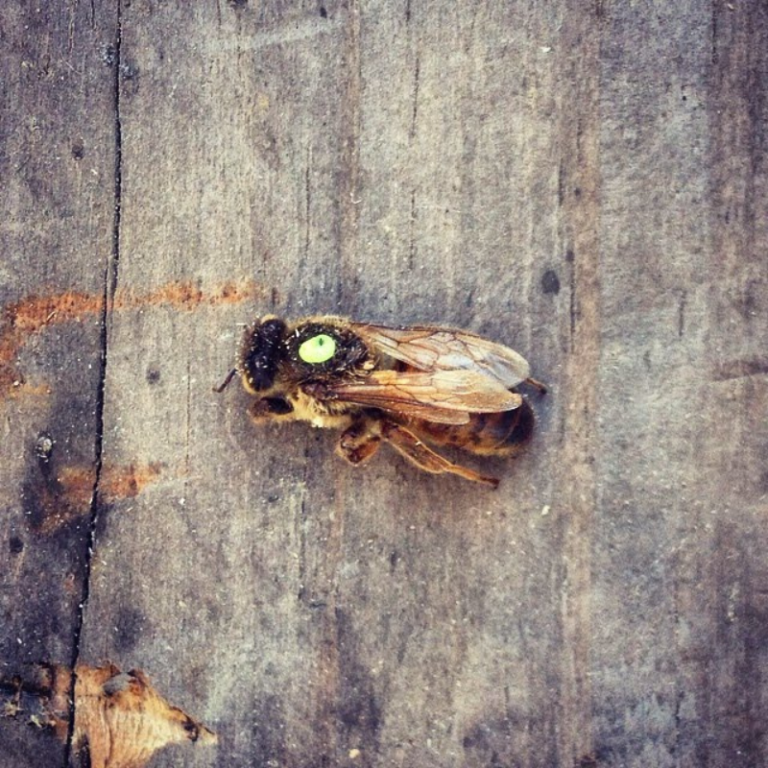
Replacing A Dead Queen
The other reason queens are purchased is to fix an emergency where the beekeeper has a colony that will perish without the beekeeper adding a queen.
This can happen for multiple reasons, including the queen dying of old age, the bees swarming without a queen, and the queen stopping performing at a time when the bees can’t replace her.
There are other reasons, but they all require the beekeeper to intervene to keep the colony alive. This is likely the reason most hobby beekeepers are trying to buy a queen.
Where To Buy Queen Bees
Buying queens can be brutal, depending on the time of the year. Most queens are sold between March and September, with most places reducing queen availability during the summer.
If you are looking for a queen during the winter, you will likely have to have it shipped from Hawaii as they have a climate where queens can be produced year around.
Local Queens
It is common to find local queen producers who are not shipping honey bees. These are typically backyard or sidelined beekeepers who are rearing their queens for sale.
These beekeepers usually advertise their queens on Facebook, local beekeeping club websites, or craigslist.
These queens are typically going to be locally mated queens that have the same genetic makeup as all the bees in the area.
You aren’t going to be able to pick the breed you get and are most likely going to receive an Italian queen, which is a great option. The price of a locally mated queen is likely $25+
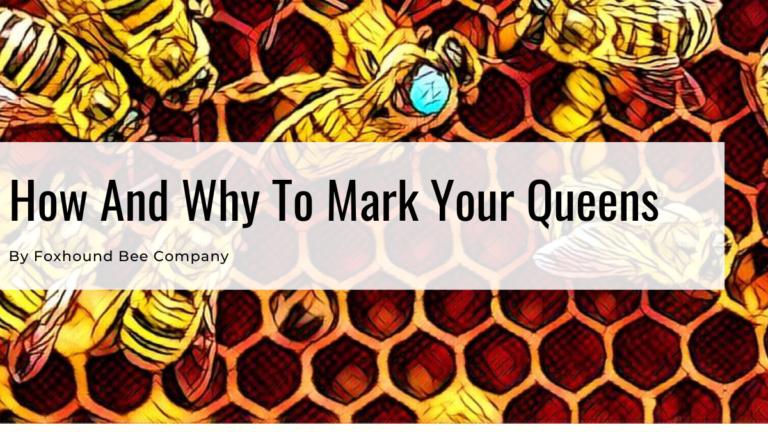
How and Why To Mark Your Queen Bee
Marking queens is a very helpful skill for beekeepers, and beekeepers of all skill levels can mark their queens with the right tools. There are
Buying Queens Through The Mail
Commercial queen breeders can be easily found online, but they may not have queens available. And queens are not cheap either, especially if you have them shipped.
The price of these queens is usually in the $30 range, and shipping can easily be another $30.
When shipping queens, they are placed in a special box that helps keep them alive during transport and shipped overnight or in 2 days.
Most often, the queens are shipped one or two days a week, and you must be available to receive and install the queen when she arrives. You can’t wait days before placing her in a colony.

Types Of Queen Honey Bees For Sale
Before getting into beekeeping, I had no idea there were different types of honeybees. I’ve learned that honey bees are a lot like dogs, where you have a dog but have many different types of dogs with different traits.
Honey bees are the same way, as they have lots of different types of honey bees with different traits. But buying the dog breed you want is easier than buying the queen breed you want.
Most bees have Italian genetics, but since one queen mates in the wild with 15-30 drones, you don’t know exactly what time of males she mated with.
Types of queen bees for sale
When buying queens, you will sometimes get the choice of the genetic makeup of the queen. The options you may see are Italian, VSH, Carniolan, Russian, Pol-Line, Caucasian, and a variety of others.
It isn’t worth going out of your way to buy a particular breed of bee unless you are buying dozens. Typically the cheapest is the best option.
Besides the genetic makeup, you will sometimes see the option to buy a virgin queen, queen cell, or a mated queen. Which one of these you choose will make a difference.
Queen Cells
Every queen bee comes out of a queen cell produced by the worker bees. The queen cell isn’t an egg, but you can think of it more like the shell of a chicken egg. Like a chicken, the queen grows inside the shell/cell.
Through the queen-rearing process, the beekeeper will have a lot of cells available to them, and these are what they move around.
The queen breeder will raise each queen in a movable cell that she can hatch out of. These cells can be sold to other beekeepers, who will place them in their hives.
Read our blog: What are Queen Cups?
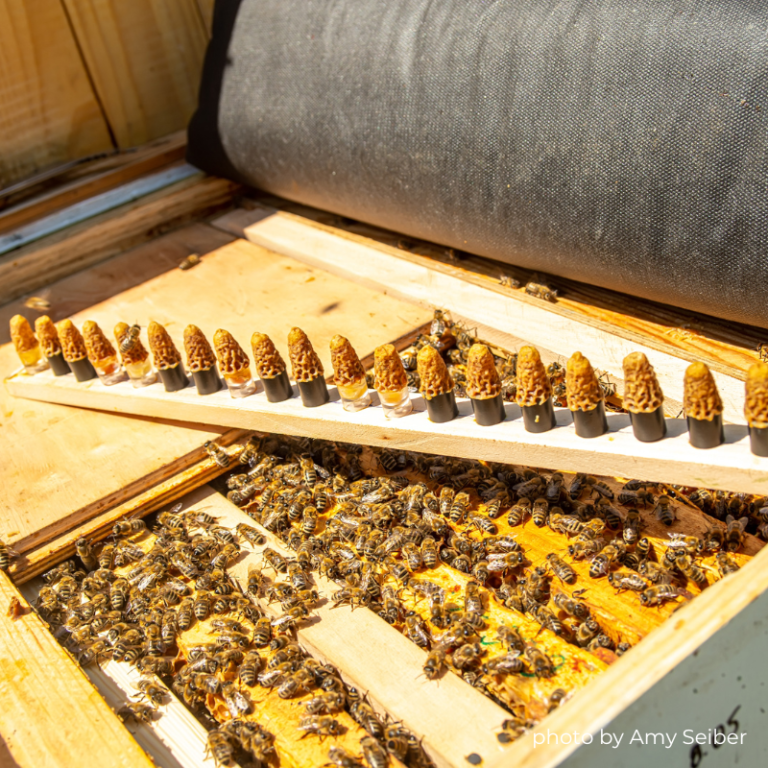
When the queen hatches out of the cell, she will mate with the drones (male bees) outside the hive for about a week before laying eggs.
Buying queen cells is often done by experienced beekeepers as they are very fragile, and their success rate is much lower. Beekeepers usually buy more queen cells than they need with anticipation that they will not all be successful.
Queen cells usually cost $4+. They can be shipped in specialized boxes or picked up.
Virgin Queens
A virgin queen is another option, but not very popular. There is only a short window where a queen can mate after she hatches and if the window passes, she can’t mate. This is the main reason that beekeepers do not purchase virgin queens.
Every queen bee comes out of a queen cell produced by the worker bees. The queen cell isn’t an egg, but you can think of it more like the shell of a chicken egg. Like a chicken, the queen grows inside the shell/cell.
Through the queen-rearing process, the beekeeper will have a lot of cells available to them, and these are what they move around. The queen breeder will raise each queen in a movable cell that she can hatch out of. These cells can be sold to other beekeepers, who will place them in their hives.
Read our blog: What are Queen Cups?
When the queen hatches out of the cell, she will mate with the drones (male bees) outside the hive for about a week before laying eggs. Buying queen cells is often done by experienced beekeepers as they are very fragile, and their success rate is much lower.
Beekeepers usually buy more queen cells than they need with anticipation that they will not all be successful. Queen cells usually cost $7+. They can be shipped in specialized boxes or picked up.
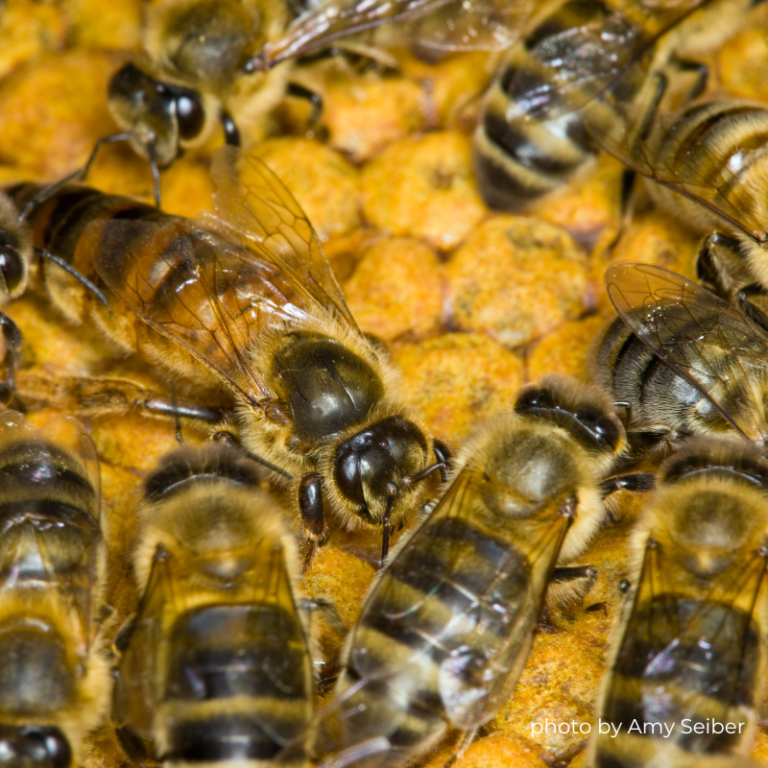
Mated Queens
The most popular way to get queens by experienced and new beekeepers is to buy a mated queen. Mated queens are readily available in the spring from queen producers, with March being the earliest date available.
The farther north in the country, the longer it takes to have queens available.
When buying an early mated queen in march or April, it’s common to pre-order the queen weeks or months in advance. These early queens are sought after, most of whom come from Florida or southern California.
The beekeeper has grafted these queens into a queen cup formed into a queen cell. The cell is placed in a small hive where she will fully mate and start to lay eggs.
After a couple of weeks of laying eggs, the queen is placed into a queen cage to protect her during transport and shipped or picked up by a beekeeper. This is also the point where the queen is prepared for package bees or placed in a nucleus hive.
These queens are also open-mated, which means the queen has taken multiple flights into the wild to mate with whichever drones are available.
The alternative is Artificial Insemination, a technique that is very expensive and reserved for seasoned commercial beekeepers and queen producers.
Mated queens are popular because the queen cage can be placed into a queenless colony where the worker bees accept her before she is released into the colony.
Releasing a queen into a queenless colony without delay may cause the worker bees to kill the queen.
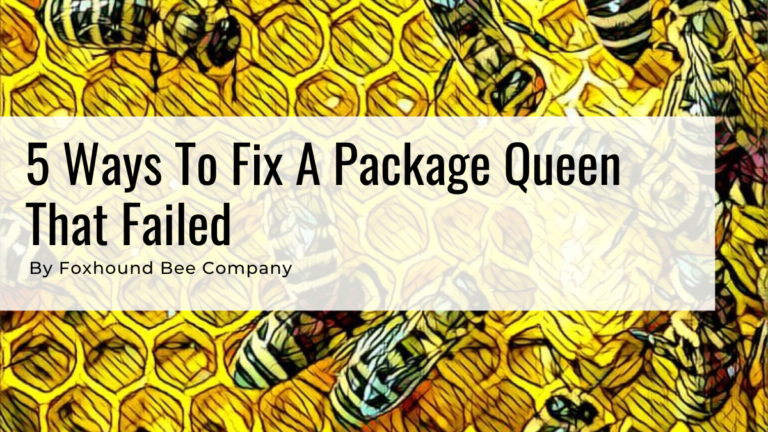
5 Ways to Fix a Package Queen that Failed
Fixing a failed or dead queen in a beehive can be frustrating, especially when it is the queen in your newly purchased package of bees.
JZBZ Queen Cages
These queen cages are popular with commercial queen breeders as they are easy to transport, offer good protection for the queen, and are a good price.
These and all queen cages have a place where fondant or other candy product is placed to block the exit of the bees. This serves as a time release and keeps the queen from leaving the cage protection before the colony accepts her. Read our post on other tips for keeping your package bees from leaving
JZBZ cages are very easy to ship and are designed for the queen producer who has their bees shipped weekly.
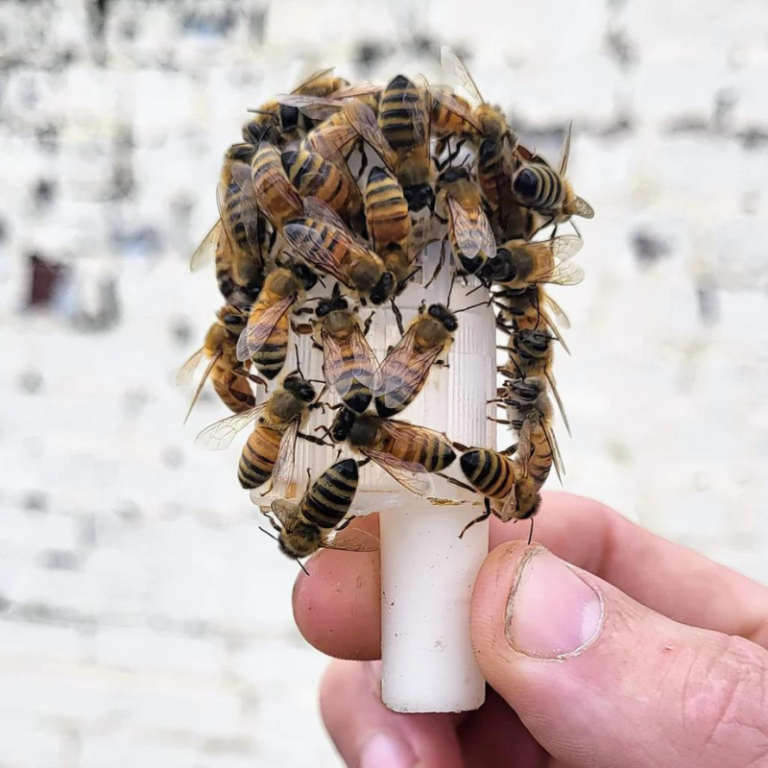
3 Hole Queen Cage
These wooden queen cages work the same way as the JZBZ cage and are commonly seen when buying package bees.
The 3 holes are created with a drill and create a place for the queen and her worker bees to walk around. These cages don’t provide as much protection for the queen, but they work very well.
There are many other types of queen cages available, but the 3 hole queen cage and the JZBZ queen cage are by far the most popular
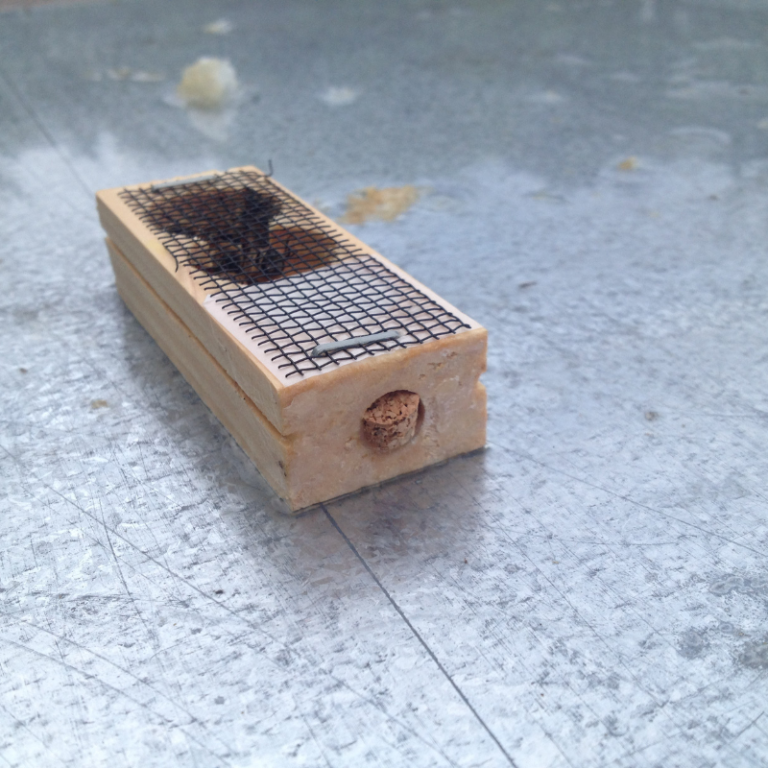

Marked Vs. Unmarked Queen Bees
Another you are faced with when buying queens is choosing if they are marked or not. Most queens are not marked, and marking them typically costs an additional fee of $2-3.
The benefit of buying a marked queen is it makes it easier to identify her in the hive. Beekeepers use queen-marking pens and queen-marking tubes to do this. Or if you are good, you just use your hands.
Read our blog: How To Mark Queens
For the new beekeeper, finding the queen can be difficult, but when she has a colored ink mark on her back, it is easier. The other reason for marking a queen is to help keep track of her.
The queen color of the dot on her back represents the year she was born. Knowing this information is helpful when you have many hives and you want to keep track of the age of your queens.


